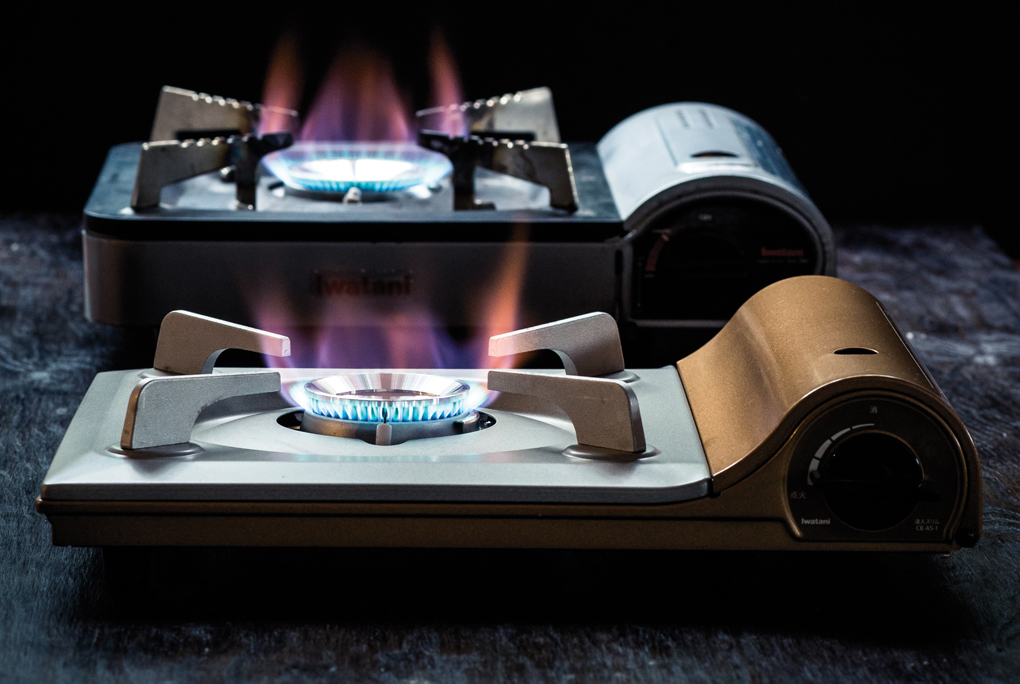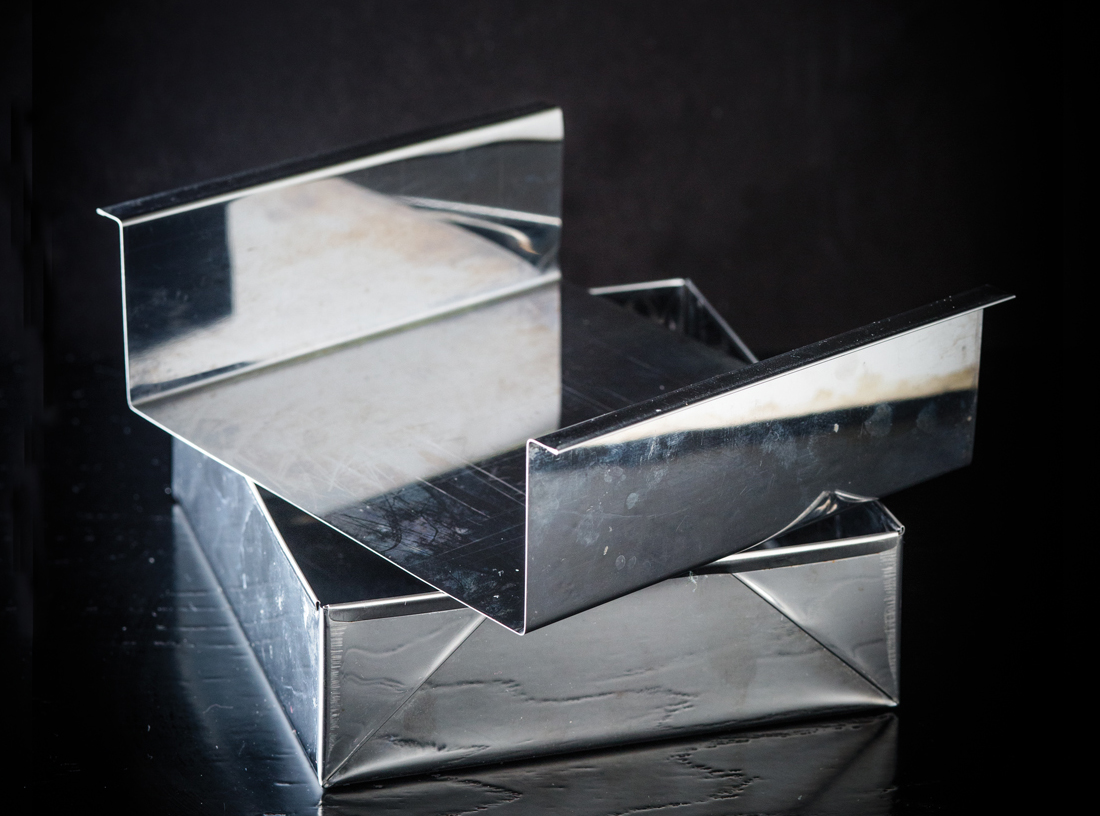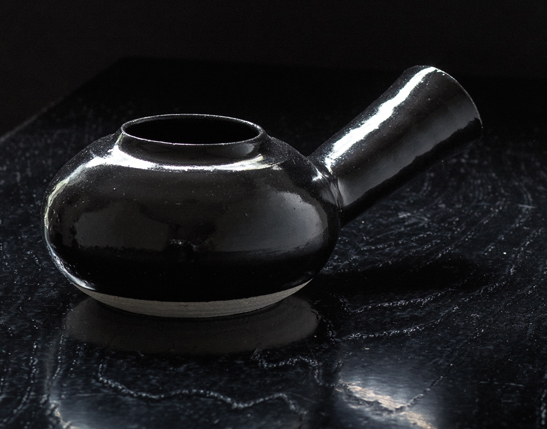KITCHEN TOOLS
CERAMIC GRATER
A round ceramic plate that grates ginger and garlic very finely. The ceramic teeth in the center are sharp and long-lasting, and are surrounded by a well where the grated part collects. I have been using the same ceramic grater made by Kyocera for almost fifteen years, and it continues to work great. Kyocera’s ceramic grater can be purchased at Japanese markets or online shops.
DAIKON GRATER
While there are various designs of daikon grater, the most convenient style is a rectangular box shape with a draining insert. There is a grate surface with many holes on top, and the grated daikon falls to the insert, which works as a strainer and drains its juice. If you want to drain more juice, you can press on the grated daikon to drain more. If you want more texture in the grated daikon, a Japanese old-fashioned wooden daikon grater (called onioroshi) coarsely grates the daikon, and you can enjoy the crunchy texture.
HOROKU (see photo)
A traditional Japanese sesame roaster with a handle and round body for roasting. You can pour the sesame seeds into the open mouth on the top of the body. The handle is hollow and connected to the body, so once the roasting is done, you can simply pour out the sesame seeds from the end of the handle. Nagatani-en, the producer of the Iga-yaki donabe used in this book, makes handcrafted horoku from Iga clay.
OTOSHIBUTA
Japanese drop lid. It’s a flat round piece traditionally made of wood (though it can be made from other materials, such as silicone or metal) that is slightly smaller than the pot’s diameter so that it can sit directly on the surface of the cooking contents. Otoshibuta causes better circulation of the cooking fluid, which helps even cooking. You can substitute a piece of aluminum foil or parchment paper placed on the surface of the cooking contents. Otoshibuta can be purchased at Japanese markets or online shops.



PORTABLE BUTANE GAS BURNER (see photo)
An essential item for the tabletop communal cooking of donabe. It’s also an easy solution for cooking with donabe if your kitchen is not equipped with a gas stove top. A portable butane gas burner works with a disposable butane fuel cartridge. Both are available at Japanese or other Asian markets, online stores, and camping stores. My choice is Iwatani brand, whose basic model (BTU 10,000) works just fine. The price for the burner is normally about $30, and a fuel cartridge is about $2 or less. It’s an extremely reasonable investment, as I’ve been using the same burner very frequently for almost fifteen years, and it still works like brand new. A portable burner is also great for an outdoor donabe party.
RECTANGULAR MOLD WITH REMOVABLE INNER TRAY (see photo)
Called nagashi-kan in Japanese, this is a traditional mold that can be used for making yokan (steamed sweet azuki jelly), Steam Cakes, tamago tofu (steamed egg cakes), and more.
SURIBACHI AND SURIKOGI
Japanese mortar and pestle. Suribachi (mortar) is a ceramic bowl with a ribbed interior. Surikogi (pestle) is made from wood and is used to crush or grind seeds, herbs, tofu, and more. Various sizes of suribachi and surikogi can be purchased at Japanese markets or online shops.
WASABI GRATER
At authentic Japanese restaurants, a sharkskin grater is used for grating wasabi. Sharkskin grates the tough root of wasabi very finely. A ceramic grater or metal grater can be used for grating wasabi, too. Sharkskin graters can be purchased at Japanese markets or online shops.
